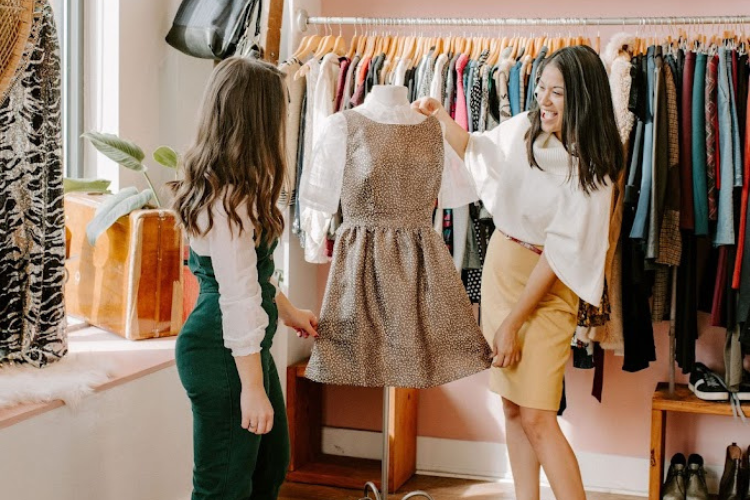Blog
At SimpleConsign, we believe in empowering the resale community with the knowledge and skills to succeed. Our comprehensive and informative blog offers valuable insights and best practices for all types of resale businesses.
Whether you're a SimpleConsign customer or not, you can access our free blog to learn about the latest industry trends, marketing strategies, inventory management techniques, and more.
